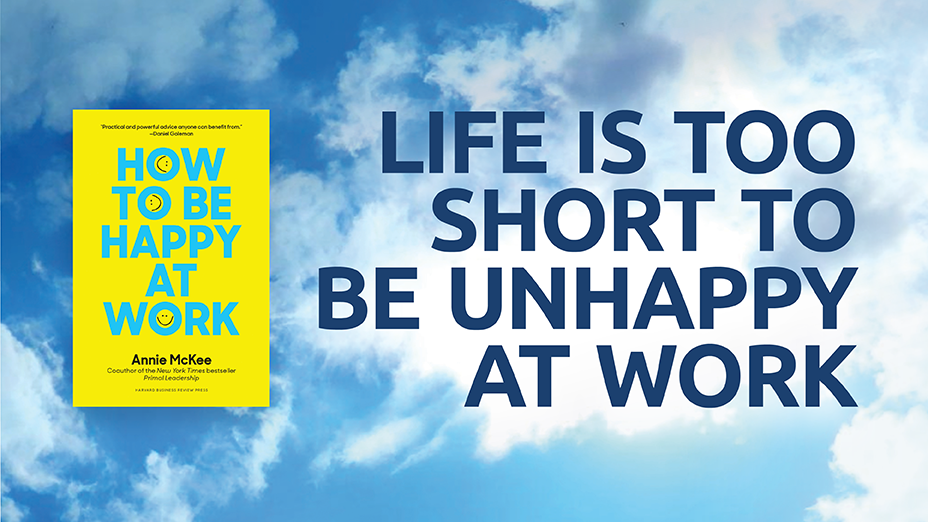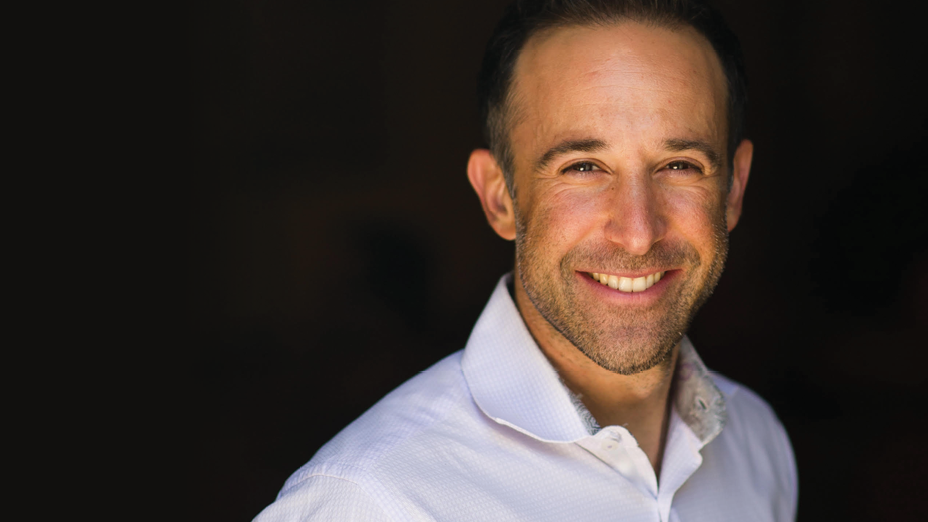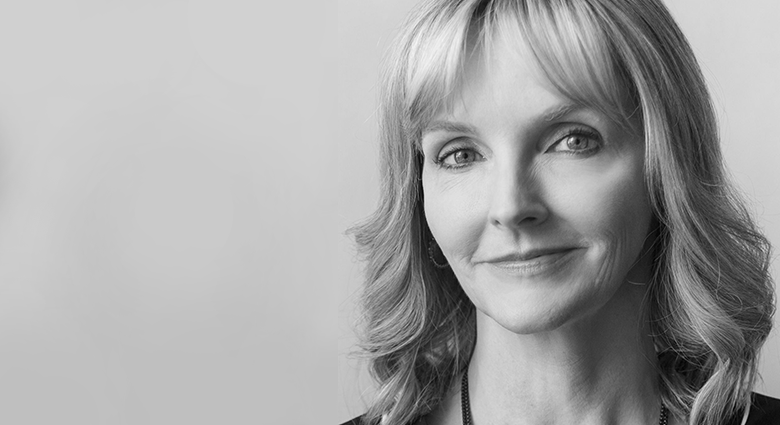Openness to new opportunities, however unpredictable or unexpected, has been a major element of my success. When people, usually women, ask about my professional achievements, I can honestly say they have had more to do with taking chances than setting a career goal. I never set out to navigate a route to the top tier of any organization or corporation. To me, the most exciting career paths are those that unfold in unexpected ways. I am anti five-year plan because in my experience the best things do not flow from making a plan and sticking to it. The key is to believe that you have what it takes not only to meet the challenges you find along the way, but to be open to what you learn on that journey. If you lock yourself into a single dream job you’re desperate to attain, you may close yourself off from something even grander.
There’s a growing recognition that following one’s dreams or passions is no guarantee of success or happiness. Author Cal Newport, a computer scientist at Georgetown University, calls it the “passion trap” and suggests that passion may in fact be the root of widespread workplace unhappiness. In his recent book, So Good They Can’t Ignore You, Newport argues that if people only seek out work they love, they are bound to become disillusioned when they fail to love the work they do and essentially find their dreams unfulfilled. The passion trap prevents people from pursuing opportunities that don’t match their preconceived dreams.
As technology rapidly reshapes the global economy, relying on your dreams to guide your worklife could hold you back from what can make you truly happy. Traditional industries are being transformed (or failing) and traditional jobs are morphing and vanishing too. Today’s list of dream jobs simply doesn’t include the many possibilities for work that tomorrow is bound to bring. The US Department of Education, for instance, estimates that 60 percent of all new jobs created over the next two decades will require skills that only 20 percent of the current workforce possesses. The smart approach may be to unhook your ambitions from a particular plan because those plans are informed by the world of today where, according to the US Bureau of Labor Statistics, the demand for many traditional vocations is rapidly shrinking. For example, metal and plastic machine workers are increasingly not needed as manufacturing becomes more automated; so, too, mainstream journalists, whose numbers are diminishing along with traditional print outlets; travel agents who find it hard to compete with DIY travel sites; postal workers, as people write fewer letters; and so on. At the same time, new occupations are emerging in the knowledge economy that no one ever dreamed of at those old-school career fairs, jobs like directors of community engagement, brand strategists, chief experience officers. What’s hopeful about this from a gender perspective is that none of these titles have a traditional gender. Say “doctor,” “lawyer,” or “taxman” and people still tend to picture, well, a man. But if you think “industrialorganizational psychologist,” “genetic counsellor,” or “information security analyst”—all occupations the Bureau of Labor Statistics predicts will grow robustly over the next decade— likely no gender comes to mind. Which is why today, for women, and men, too, keeping your mind open to the widest range of opportunities will reduce the chances you’ll find yourself boxed in.
In my own case, when I arrived at Paragon Entertainment all those years ago, my unfamiliarity with the television industry was an asset. It prompted me to learn as much as I could. And as receptionist/girl Friday I got to see and hear it all. I was a blank slate, with the desire and curiosity not only to learn the business, but also to bring to it fresh ideas precisely because I was new. And in Isme Bennie, I found the perfect boss for an eager protegée, one who recognized my energy and encouraged my opinions. She threw me into challenges all on my own and also included me in on the high-level business deals she was negotiating. One thing we soon did together was look at shows that we might want to add to the roster we were selling to broadcasters worldwide, from Channel 9 Australia to HBO Ole.
One of the first shows I lobbied for reflected the kind of outside-the-box thinking a newbie can bring. Unlike the dramas and cartoon series that Paragon was known for, I thought the time was right to pick up a bare-bones how-to decorating show from a complete unknown. Her name was Debbie Travis, a former UK fashion model who had worked in TV editing and production. After moving to Montreal to be with her new husband, Hans Rosenstein, a video distributor who’d worked with Paragon, Debbie had time on her hands and she decided to paint and redecorate their old Victorian house. She did it with such style that clients came calling, so many that she and Hans produced an instructional video with Debbie demonstrating her crafty techniques in a show they called The Painted House.
I loved the idea instantly, and Isme agreed. Decorating shows like Trading Spaces and Changing Rooms had recently debuted in the UK and the US, and I had a strong sense that lifestylemakeover programming was about to take off. Most home improvement programs until then had been of the This Old House variety, where someone with deep pockets took whole properties down to the studs and renovated them top to bottom. But The Painted House didn’t feature historic mansions, just rooms—a makeover of a bathroom, a kitchen, a bedroom. All you need is “a little bit of paint” was Debbie’s motto. It empowered people. She was selftaught and presented fantastically. With her model looks and Lancashire accent intact from her hometown in England’s northwest, she sounded like she’d walked off the set of Coronation Street. As it turned out, The Painted House exceeded all expectations, in Canada and beyond. With infinite possibilities for time slots in the expanding cable universe, in primetime or daytime, it became a worldwide hit. It also proved to me that while I had no talent in front of the camera, I could spot it from behind.
You could call it a sixth sense or intuition. I think of it as an aptitude for stepping outside of myself, and the moment, to ask not whether I personally like something, but whether others will like it—metaphorically becoming part of the crowd and sensing what turns them on. I am not a fan of Monster Trucks, or an avid watcher of figure-skating specials, but I have represented both enthusiastically because I appreciate their appeal to others. I think this ability to have a bead on broad public tastes has always been with me. I love being able to spot “it”—that quality that makes someone or something shine above the rest. And I feel immense satisfaction when I get it right. Even as a kid, I used to listen to new releases from Madonna or early Duran Duran and be able to predict which song would be a hit. A few bars in, I could just tell. I dreamt about one day becoming a music industry executive, plucking potential stars out of the crowd. I dropped that dream in the midst of university applications and career- planning classes. But as fate would have it, I landed in a completely different career that allowed me to pick out the “it” and help make it shine.


.jpg)

.png)




What Did You Think?